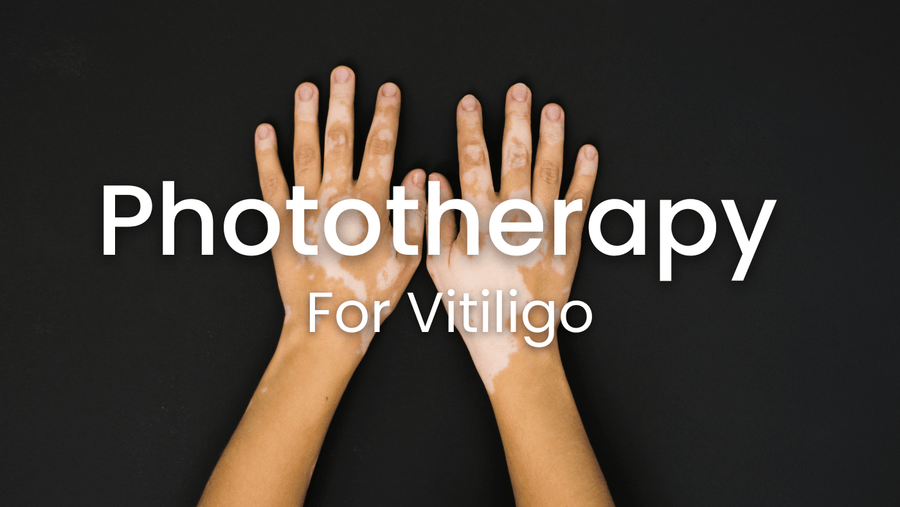
In the realm of medical technology, ultraviolet (UV) light therapy devices have emerged as powerful tools in treating a multitude of skin conditions and disorders. By harnessing the specific wavelengths of UV radiation, these instruments offer a non-invasive, often effective alternative to traditional medications. This article delves into the various applications of UV light therapy, its mechanisms of action, and the advancements that have broadened its therapeutic scope.
UV light therapy leverages the properties of ultraviolet radiation to target specific cells within the skin, inducing various biological responses. Broadly categorized into UVA, UVB, and UVC based on their wavelength, each type exerts distinct therapeutic effects:
- UVA (320-400 nm): Penetrates deeper into the skin layers, often used in combination with photosensitizing agents (e.g., psoralen) in PUVA therapy for severe psoriasis.
- UVB (280-320 nm): More superficial, effective in stimulating vitamin D synthesis and modulating immune responses, making it pivotal in treating mild-to-moderate psoriasis, eczema, and vitiligo.
- UVC (100-280 nm): Highly germicidal but not used therapeutically due to its potential for harmful effects on human skin and eyes; primarily employed in sterilization processes.
Applications in Dermatology
1. Psoriasis: One of the most common applications, UV light therapy can significantly reduce plaque thickness, inflammation, and itching associated with psoriasis. Both narrowband UVB and PUVA are widely utilized.
2. Eczema (Atopic Dermatitis): UVB therapy can alleviate symptoms such as redness, swelling, and itching, offering long-term relief for patients with moderate-to-severe eczema.
3. Vitiligo: By stimulating melanocyte activity, UV therapy can help repigment affected skin areas, improving the cosmetic appearance and psychological well-being of patients.
4. Cutaneous T-Cell Lymphoma (CTCL): UVB and PUVA are employed to slow the progression of this rare skin cancer, managing symptoms and prolonging remission periods.
5. Acne Vulgaris: Although less conventional, certain forms of UV light (blue light therapy) target the bacteria Propionibacterium acnes, reducing inflammation and lesion counts in acne patients.
6.Photodynamic Therapy (PDT): Combining UV light with photosensitizing drugs, PDT is used to treat various skin cancers and precancerous conditions, as well as certain inflammatory skin diseases.
Advancements and Emerging Trends
Recent technological advancements have expanded the capabilities and safety profiles of UV light therapy devices. Key developments include:
- Narrowband UVB Emitters: These emit specific wavelengths more effectively, reducing the risk of side effects like skin aging and photocarcinogenesis compared to broadband UVB.
- Home-Use Devices: The increasing availability of compact, user-friendly UV light therapy units allows patients to continue treatment at home, enhancing convenience and adherence to treatment plans.
- Combination Therapies: Integrating UV light with other treatments like topical medications, laser therapy, or oral supplements can enhance efficacy and target a broader range of conditions.
- Personalized Medicine: Advances in genomics and biotechnology are paving the way for tailored UV light therapy protocols, based on individual patient characteristics and response patterns.
Safety Considerations
While UV light therapy offers numerous benefits, it is crucial to balance efficacy with safety. Overexposure can lead to sunburn, premature skin aging, and in some cases, an increased risk of skin cancer. Therefore, treatments are typically administered by trained professionals who monitor skin response closely and adjust doses accordingly. Regular skin checks and protective measures like wearing UV-blocking sunglasses and clothing during treatments are also essential.
Conclusion
Ultraviolet light therapy devices have evolved into versatile tools with a broad spectrum of dermatological applications. Their ability to target and modulate specific skin processes makes them invaluable in managing a range of skin conditions. As technology continues to advance, we anticipate even more personalized and effective treatment options, further enhancing the quality of life for patients with these challenging conditions. However, it remains paramount to prioritize safety, ensuring that the benefits of UV light therapy are harnessed responsibly and under medical supervision.